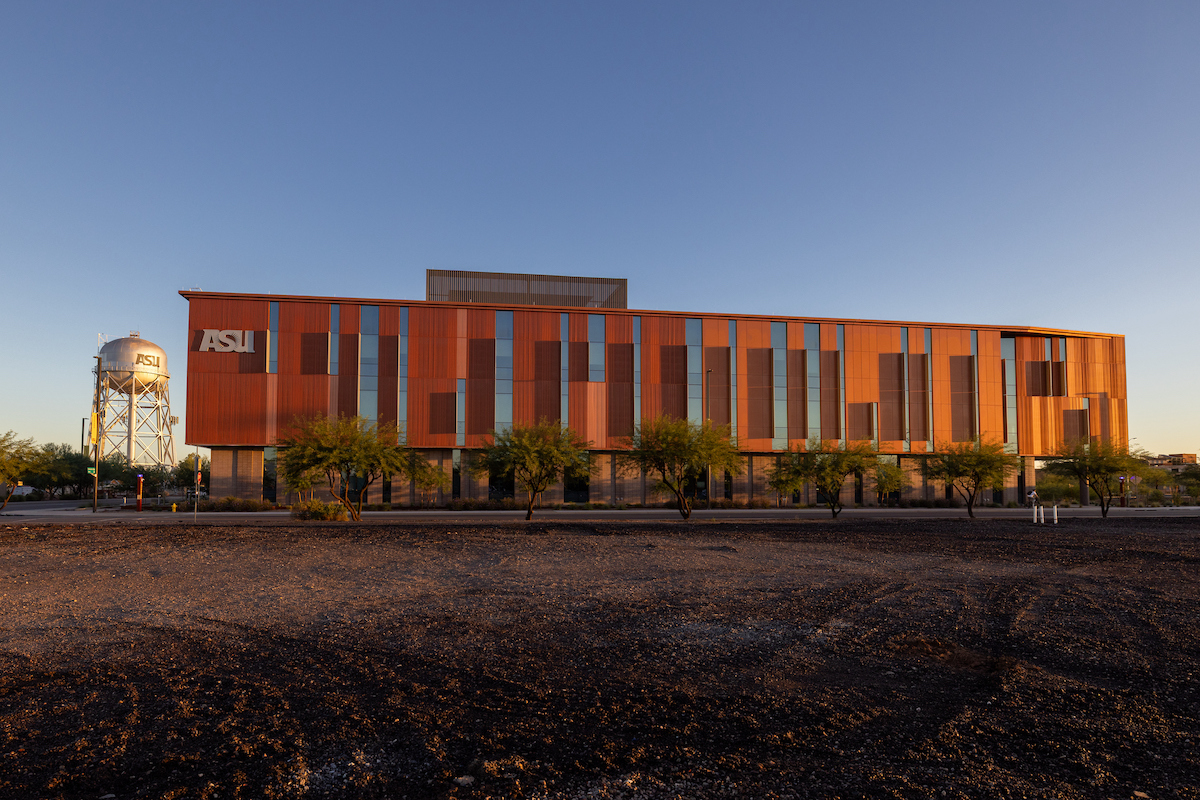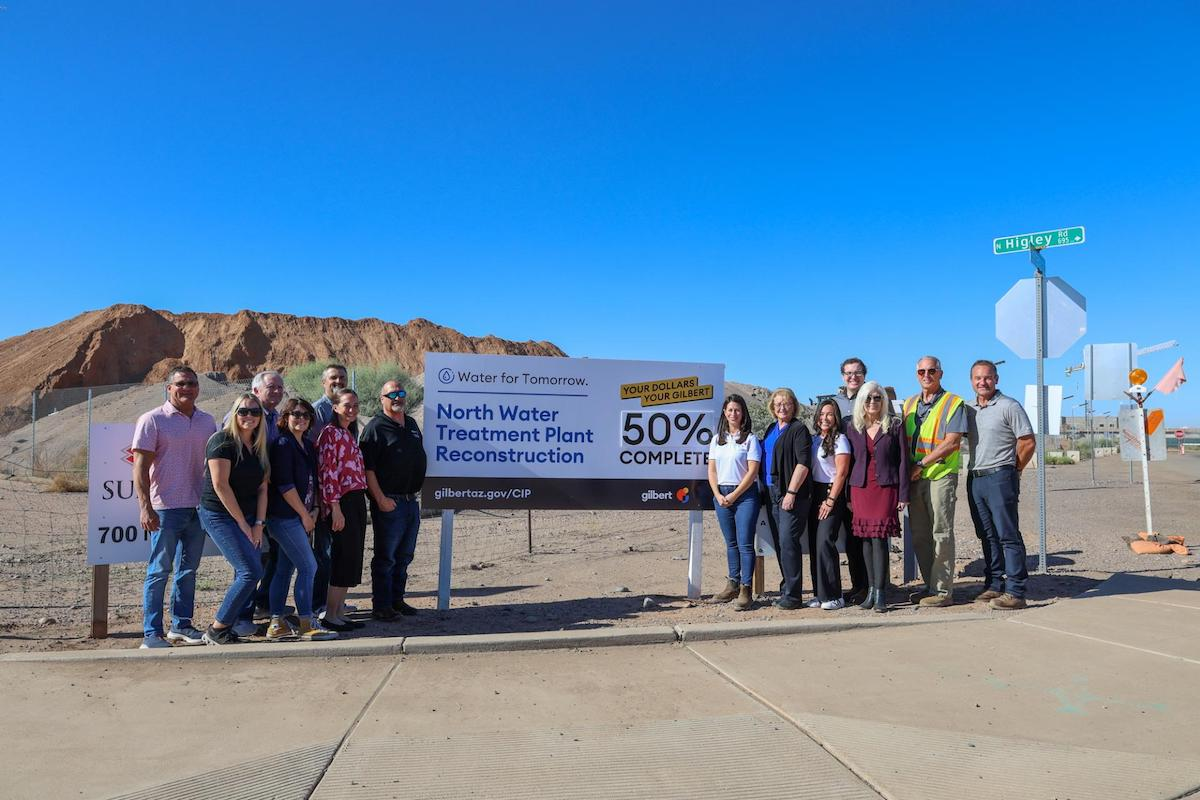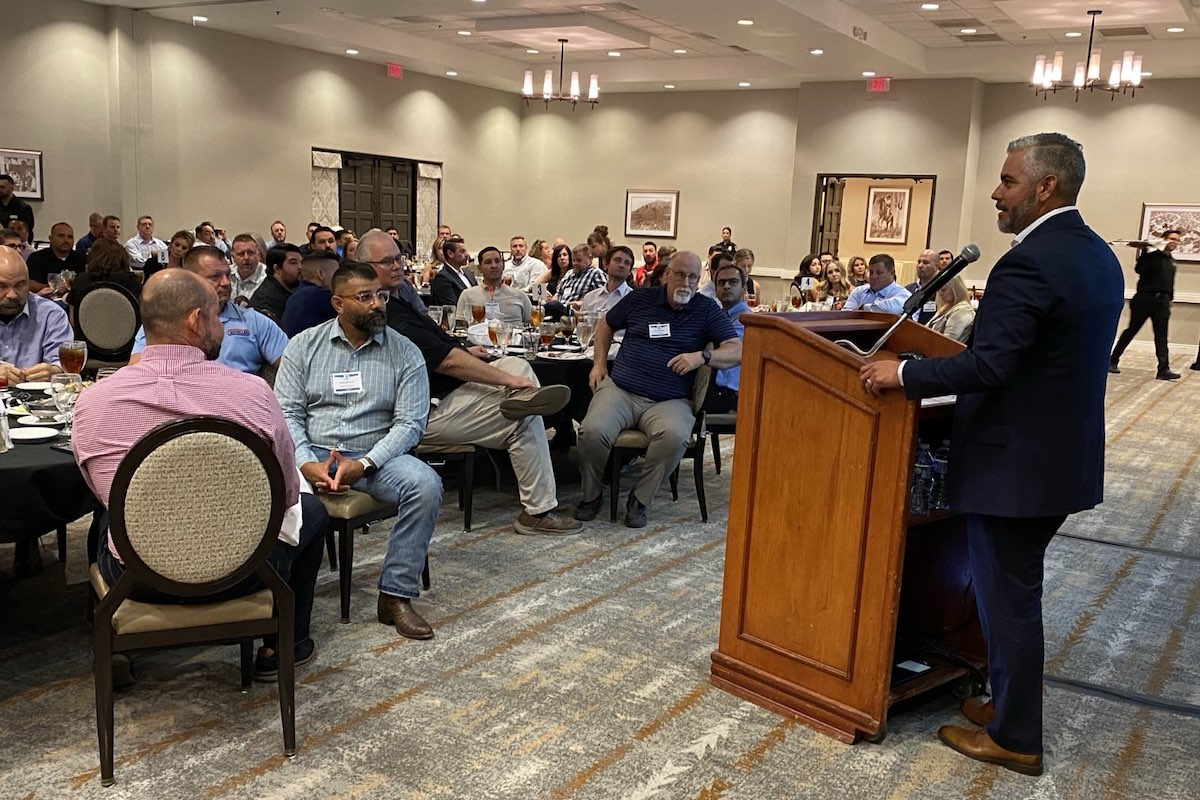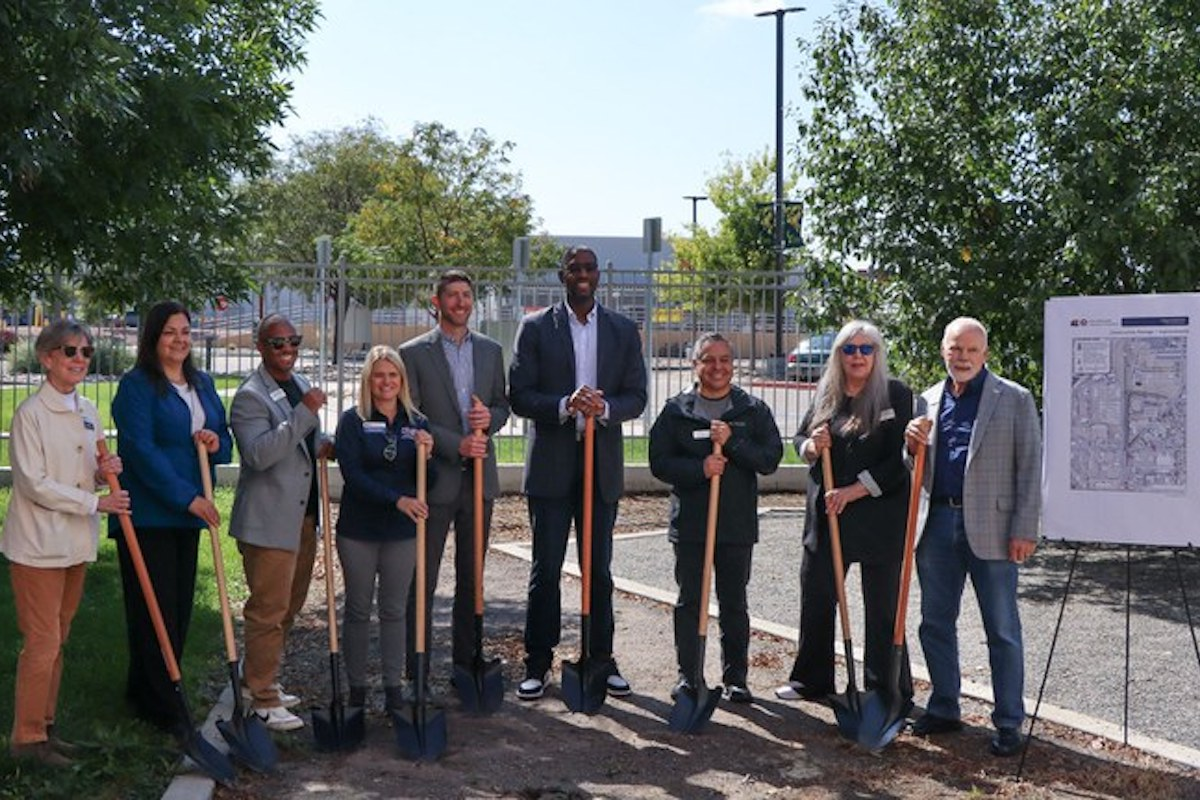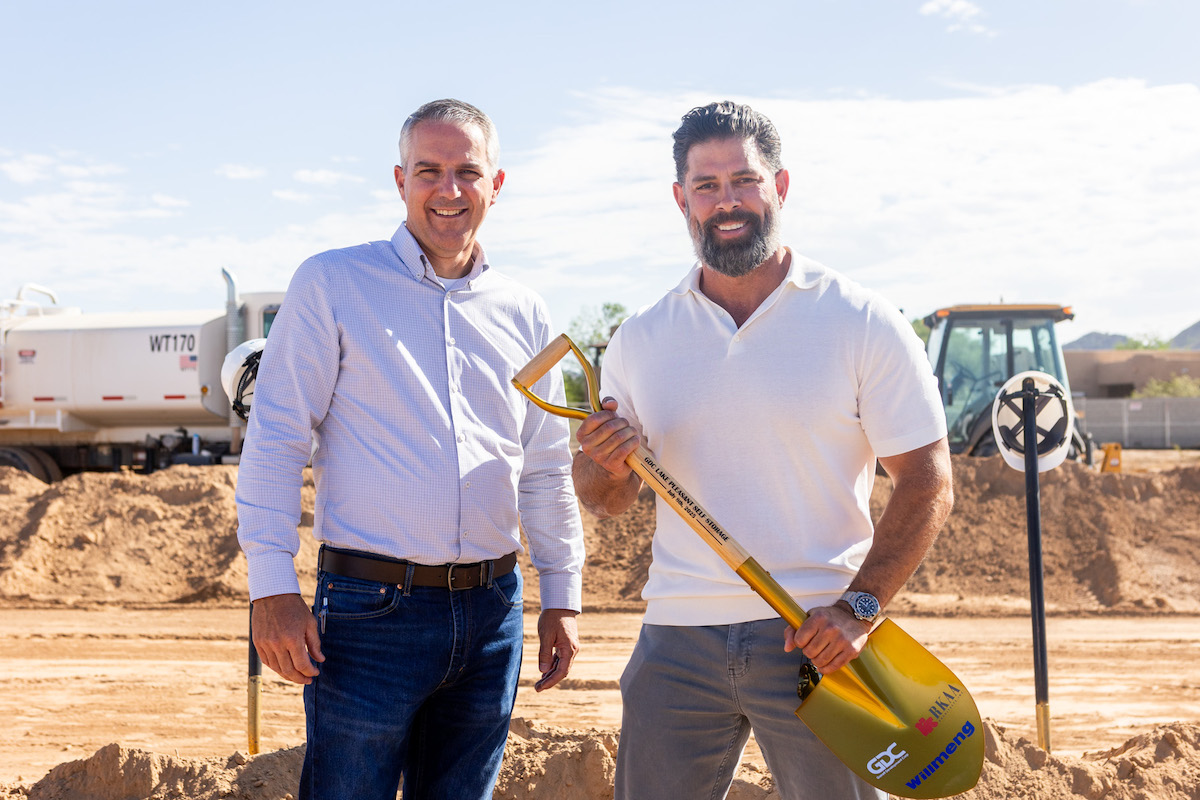Embodied carbon contributes another 11 percent. That category refers to the total greenhouse gas emissions generated over the lifecycle of a building, road, or any type of infrastructure. Emissions that are measured encompass everything from the production and transportation of materials to their installation and the structure’s eventual decommissioning.
Construction guidelines are evolving, and contractors are increasingly required to use concrete, steel, glass, and asphalt materials with lower carbon footprints than the industry average. The federal government continues to create programs that either incentivize or mandate the use of lower carbon.
Several upcoming projects described below are part of a pilot project launched by the Federal Government Services Agency (GSA). The projects focus on four carbon-intensive construction materials: asphalt, concrete, glass, and steel.
Local jurisdictions are also increasingly launching initiatives to implement low-embodied carbon construction programs. State and local governments are also supporting such projects with funding.

| Your local Bobcat dealer |
|---|
| Romco Equipment Co |
| Ditch Witch West |
| Faris Machinery |
The GSA program is supporting the expansion and modernization of the Porthill Land Port of Entry in Idaho. The $55 million project is a priority because, after 55 years, the facility no longer meets the federal government’s operational requirements. The proposed enhancements will expand the facility’s footprint, boost inspection capabilities, reorganize traffic flow through improved lane systems, enhance lighting, install canopy systems, and ensure the provision of a secure detention area. The work will also strengthen the port’s operational efficiency and capacity while prioritizing energy and water efficiency by incorporating renewable and fossil fuel-free options. The final environmental assessment will be completed by June 2024, and the design phase will begin immediately, but a 2026 construction date is planned.
The Kenneth G. Ward Land Port of Entry in Lynden, Washington, a critical border crossing for travel and trade between the United States and Canada, experiences capacity constraints, significant congestion, and long wait times. The land port will be expanded and modernized to accommodate increased traffic, upgrade its inspection capabilities, and streamline cross-border trade and travel processes. The renovation project, when completed, will reduce the total carbon footprint significantly. Additionally, the project will incorporate innovative, environmentally friendly technologies, referred to as “green proving ground technology,” to leverage sustainability objectives. The cost estimate is placed at between $90 to $100 million. Design work will begin in 2025, and construction is slated for 2026.
The Mike Mansfield Building in Butte, Montana, will get a seismic upgrade and be modernized. The facility’s exterior is deteriorating, and its old building systems must be replaced. The project will also incorporate sustainable components that include energy-efficient technologies and the use of recycled materials. When the work is completed, the building should achieve a 40 percent reduction in energy usage and be more environmentally sustainable. Carbon key features will include green roofs, rainwater harvesting systems, and permeable paving — all of which will contribute to enhanced stormwater management and biodiversity. Construction on the $25 to $35 million effort is scheduled to begin in 2026.
The Howard Metzenbaum federal courthouse in Cleveland, Ohio, received federal funding for a renovation project using low embodied carbon materials: steel, glass, concrete, and asphalt. The mandate of this $30 to $35 million project is to lower carbon emissions during construction using clean construction materials. The renovation will include replacing concrete slabs and restoring structural steel support. It will also involve replacing waterproofing systems and repairing water-damaged walls. The design-build project is expected to be posted in late 2024.
The city of Topeka, Kansas, received funding to renovate the Frank Carlson Federal Building and Courthouse. The $30 to $40 million project will mandate clean construction guidelines and low embodied carbon materials. The renovation will replace the original facade openings to meet blast requirements, install traffic bollards for security, and rework sidewalks and parking lots. Reducing energy consumption and lowering future maintenance costs are prime objectives. Construction is slated for 2026.
A $79 million award from the federal government will support the construction of an all-electric facility to house the Food and Drug Administration laboratory in Lakewood, Colorado. The objective will be to deliver a net-zero facility that releases no new emissions. The facility will be built with a combination of steel and concrete to offset energy usage, and a new laboratory will incorporate solar panels and other clean energy options to reduce carbon dioxide emissions. It will be constructed with glass that introduces sunlight to boost thermal insulation and runaround loops, and ground-source heat pumps will be installed to recapture energy as it leaves the building and recycle it. Solicitations for the building’s construction will be issued in 2025.
The Amherst School District in Massachusetts will benefit from $97.5 million for the construction of a new energy-efficient elementary school building. This funding comes from the Massachusetts School Building Authority and the city’s taxpayers. The new facility will replace the district’s two aging elementary schools. A three-story all-electric building capable of housing 575 consolidated students will be equipped with ground-source heat pumps and photovoltaic panels for clean energy sources. The project will also address restoration and drainage needs in the adjacent Fort River community fields and demolish the two existing elementary schools. The project is currently in its design phase, and construction bids are expected by June or July.
A $33 million upgrade is scheduled for the Denver Federal Center in Jefferson County, Colorado. It will involve work to upgrade the space for 26 agencies. The effort will focus on enhancing safety, drainage, and accessibility. The improvements will include using sustainable, low-carbon materials to replace vehicle and pedestrian bridges and refurbishing parking lots, curbs, and roadways. The project also calls for adding conduit infrastructure for electric vehicle charging stations. The modernization effort will also significantly lower carbon emissions. A construction launch is anticipated in 2025.
Construction projects will be different in the future. To remain competitive, contractors are advised to prepare for them now.
As President and CEO of Strategic Partnerships, Inc., Mary Scott Nabers has decades of experience working in the public-private sector. An expert in the P3 and government contracting fields, she is often asked to share her industry insights with top publications and through professional speaking engagements.


















